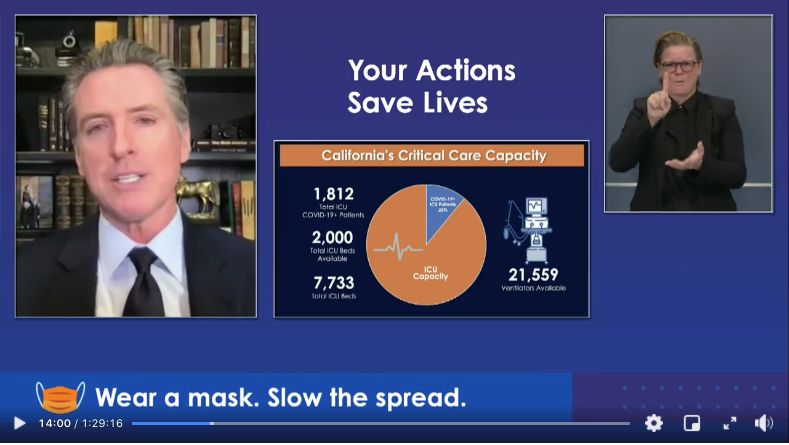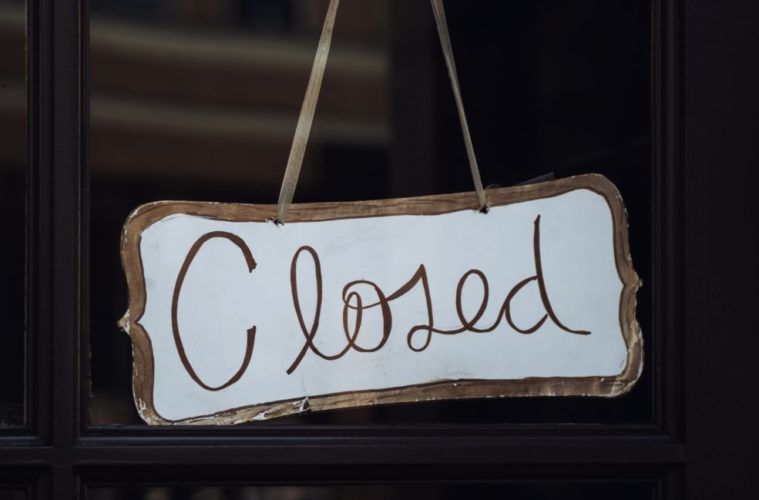California could soon find itself under a strict lockdown once again, if the state cannot curb the spread of COVID-19.
On Tuesday, Dec. 1, California reported 20,795 COVID-19 cases. Shattering the state’s previous high-mark of cases by more than 8,000 cases. The second highest total was recorded on Aug. 14, when the state reported 12,614 cases.
On Monday, Nov. 30, California Gov. Gavin Newsom emphasized that a new, state-wide stay-at-home order could be issued in real-time, as state health officials continued to monitor the rise of COVID-19 in all areas of California.
 With a total of 51 counties in the state’s Purple Tier for COVID-19 monitoring, Newsom added that because of hospitalizations and decreasing ICU capacity, counties in the Purple Tier could see a more stringent lockdown in the coming days.
With a total of 51 counties in the state’s Purple Tier for COVID-19 monitoring, Newsom added that because of hospitalizations and decreasing ICU capacity, counties in the Purple Tier could see a more stringent lockdown in the coming days.
In Los Angeles County, the there were 16,447 reported cases between Nov. 25 and Dec. 1.
“These are the red flags that are flying in terms of trajectory, and our projections of growth,” Newsom said during a virtual press conference Monday, Nov. 30. “If these trends continue, we’re going to have to take more dramatic and arguably drastic action, including those Purple Tiered counties.”
Orange County, along with 40 other counties, were pushed back into the Purple Tier on Nov. 16, which required movie theaters and places of worship to cease all indoor operations.
“When we announced the Blueprint for a Safe Economy, we talked about the ability to make advances, not only forward, but also toggling backward. We also talked about an emergency brake, based upon data, and based on conditions,” Newsom said. “We have counties now that are moving back, based on that emergency brake, based upon the protocols we put into place.”
Additionally, with infections rising in Los Angeles County, officials implemented modifications to the state’s stay-at-home order that would span from Monday, Nov. 30, until Sunday, Dec. 20
Under the order, essential retail locations will have to operate at 35 percent of maximum capacity, while non-essential retail’s capacity will be capped at 20 percent. Personal care services and libraries will also be asked to operate at 20 percent of full capacity.
Advertising disclosure: We may receive compensation for some of the links in our stories. Thank you for supporting LA Weekly and our advertisers.

